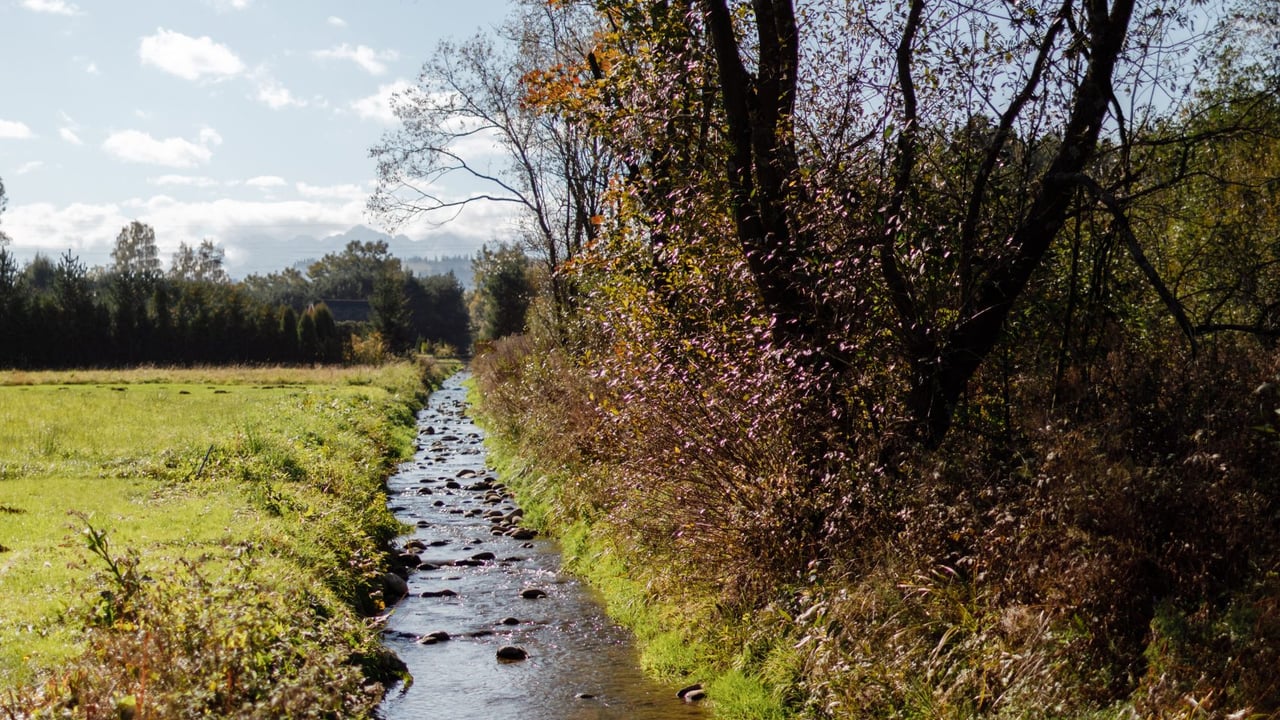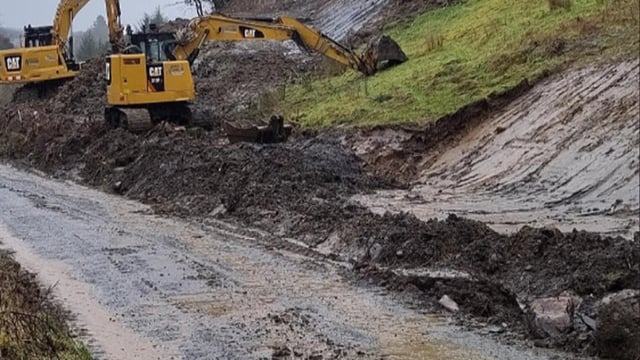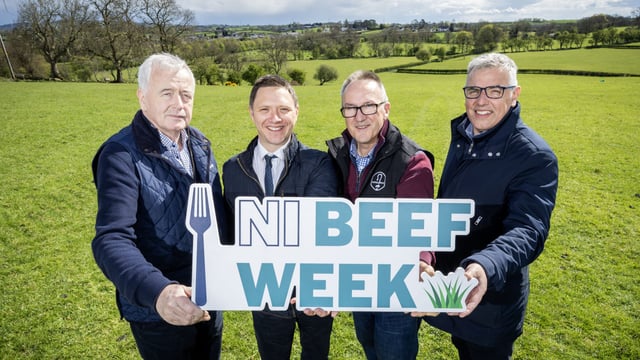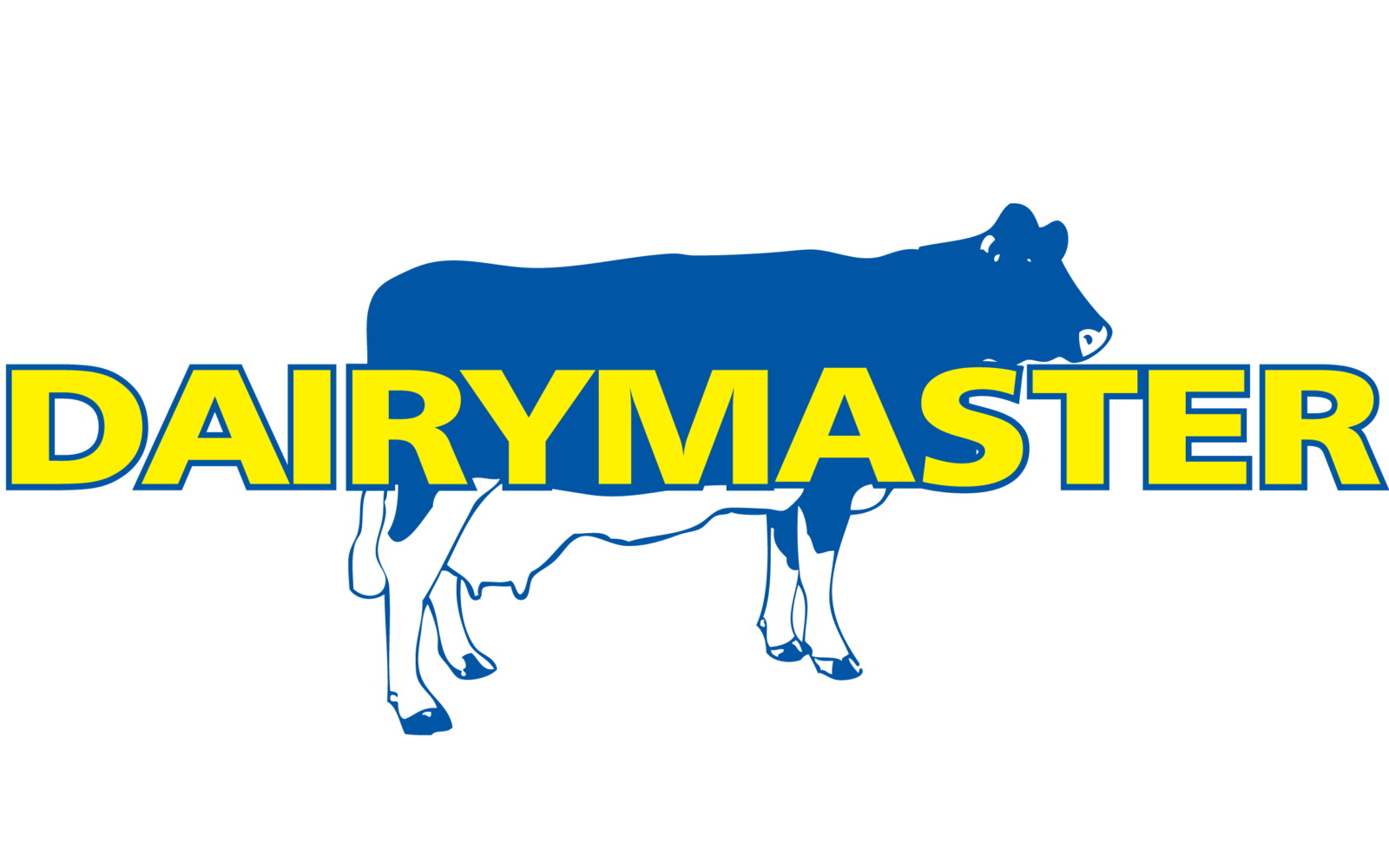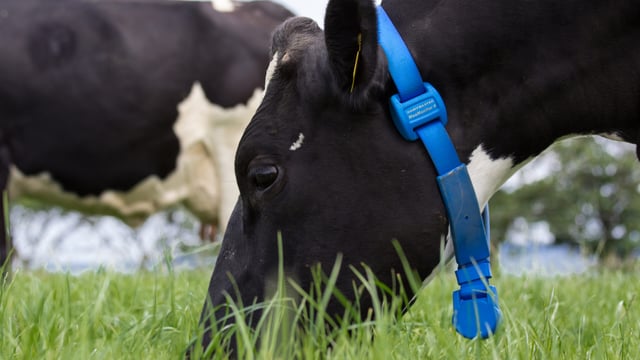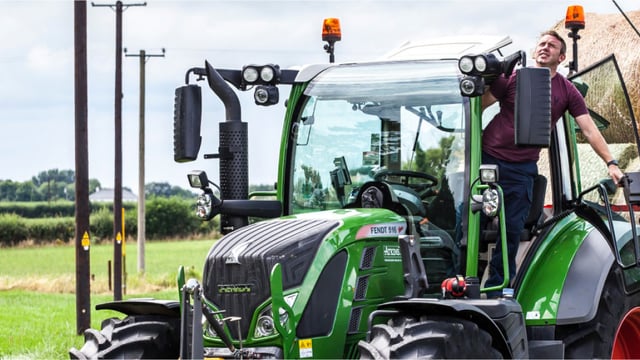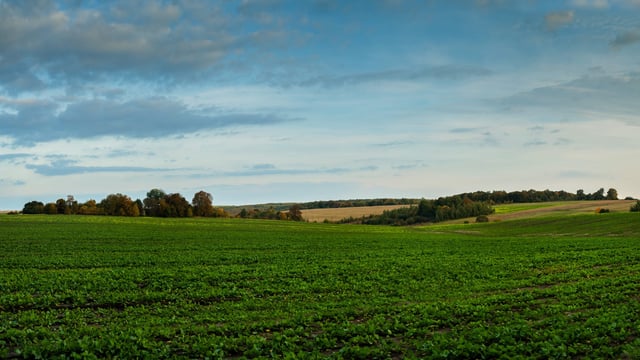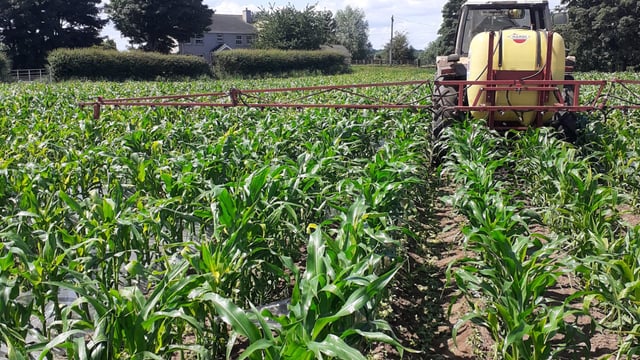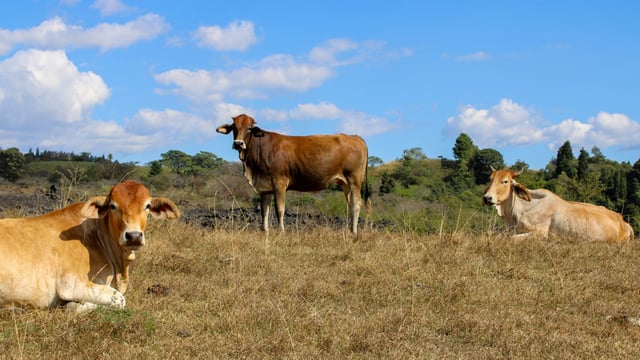Catchment coordinators appointed to farming for water project
As part of the 'Better Farming for Water' campaign, Teagasc has appointed six catchment coordinators to lead a multi-actor approach to improve water quality in eight of Ireland’s most important rivers.
The catchment coordinators will work in each of the selected catchments to put in place a comprehensive plan to improve water quality.
Stakeholders include farmers, Teagasc, private agricultural consultants, industry representatives, the Local Authority Waters Programme (LAWPRO), and community groups.
Local authorities are also involved, along with the Department of Agriculture, Food and the Marine (DAFM), and the Department of Housing, Local Government and Heritage (DHLGH)
The six Teagasc appointments and catchments include the following:
- Fiona Doolan – Boyne;
- Philip Murphy – Blackwater;
- Claire Mooney – Suir;
- Neilus Nunan – Slaney;
- Oisín Coakley – Lee and Bandon;
- Ciaran Sheelan – Nore and Barrow.
The Better Farming for Water campaign includes eight actions, which involve better nutrient, farmyard and land management, and provides a “structured” and “relatable” approach for farmers to effectively engage with improving water quality.
The eight actions of the campaign aim to:
- Reduce purchased nitrogen (N) and phosphorus (P) surplus per hectare;
- Ensure soil fertility is optimal for lime, P and potassium (K);
- Ensure application of fertiliser and organic manure at appropriate times and conditions;
- Have sufficient slurry and soiled water storage capacity;
- Manage and minimise nutrient loss from farmyards and roadways;
- Fence off watercourses to prevent bovine access;
- Promote targeted use of mitigation actions such as riparian margins, buffer strips and sediment traps to mitigate nutrient and sediment loss to water;
- Maintain over-winter green cover to reduce nutrient leaching from tillage soils.
Head of the Teagasc water quality knowledge transfer department, Noel Meehan said: To succeed in improving water quality in the eight selected catchments, all stakeholders will be required to play their part in a collective effort of planning and actions.
"Key to realising improvements is the careful targeting of the right measure in the right place alongside high levels of implementation at farm level.
"We have a great opportunity to use the Better Farming for Water campaign to support farmers in the implementation of water protection measures and to have a period of sustained water quality improvement.”
There is variation in the objectives set out for each catchment, but the overall goal is to improve nutrient status.

